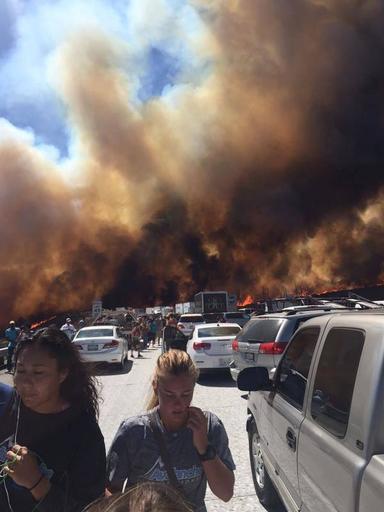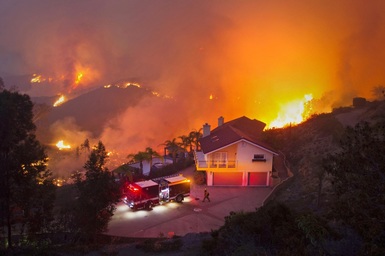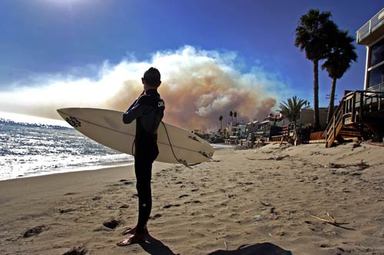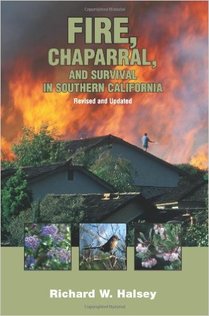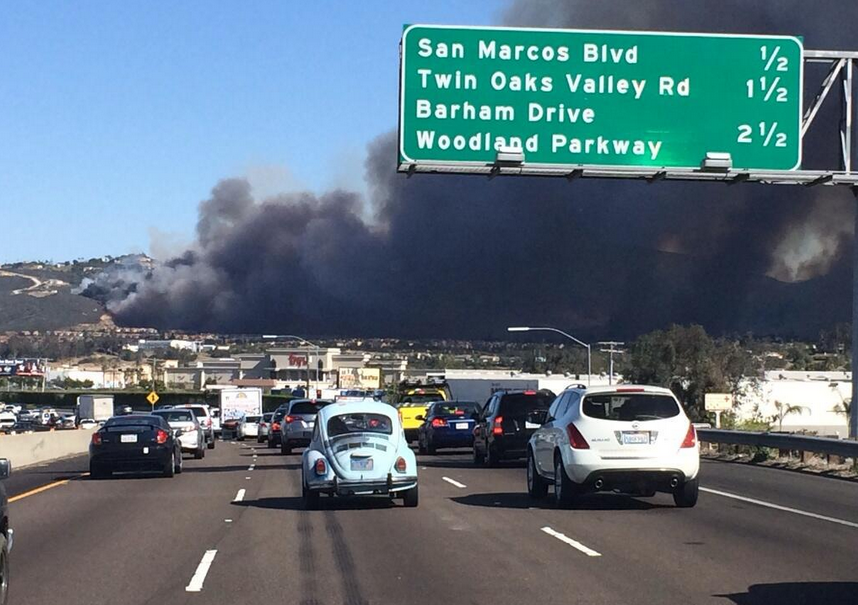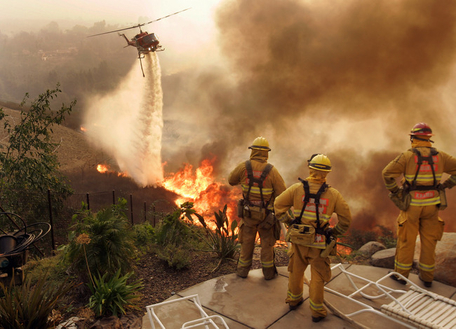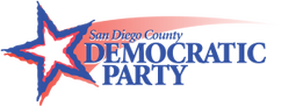Wildfire Policy and the Health of Native Ecosystems
with Rick Halsey
Thursday, July 30
La Jolla Village Square Community Room
8657 Villa La Jolla Dr.
San Diego, CA 92037
La Jolla Village Square Community Room
8657 Villa La Jolla Dr.
San Diego, CA 92037
